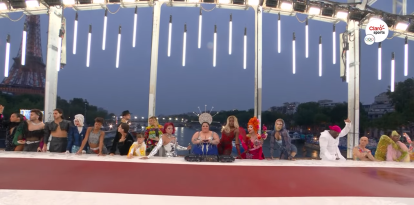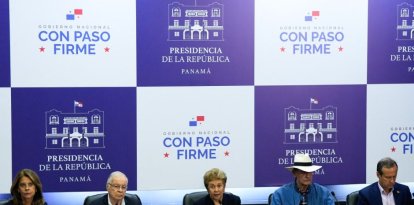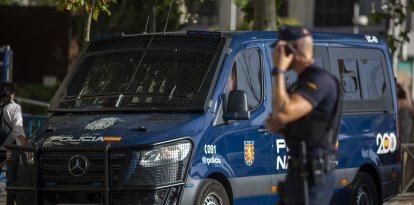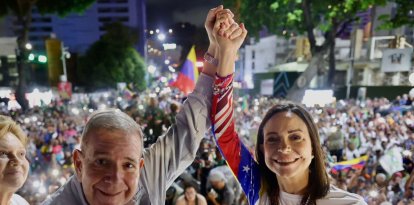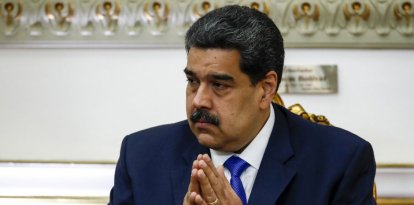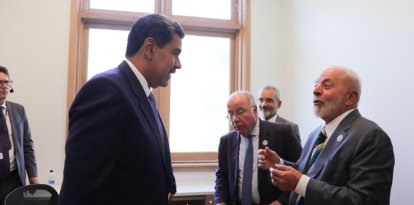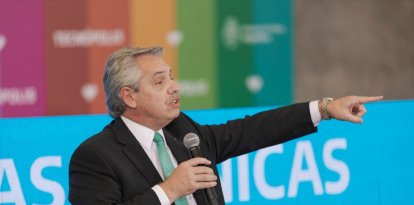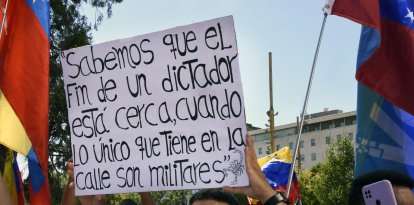Cuba: record number of protests in 2022 against communist dictatorship
In December, there were 692 demonstrations, a record that surpasses the high reached in July 2021. Díaz-Canel's reform of the Penal Code to repress protesters had no effect during 2022.
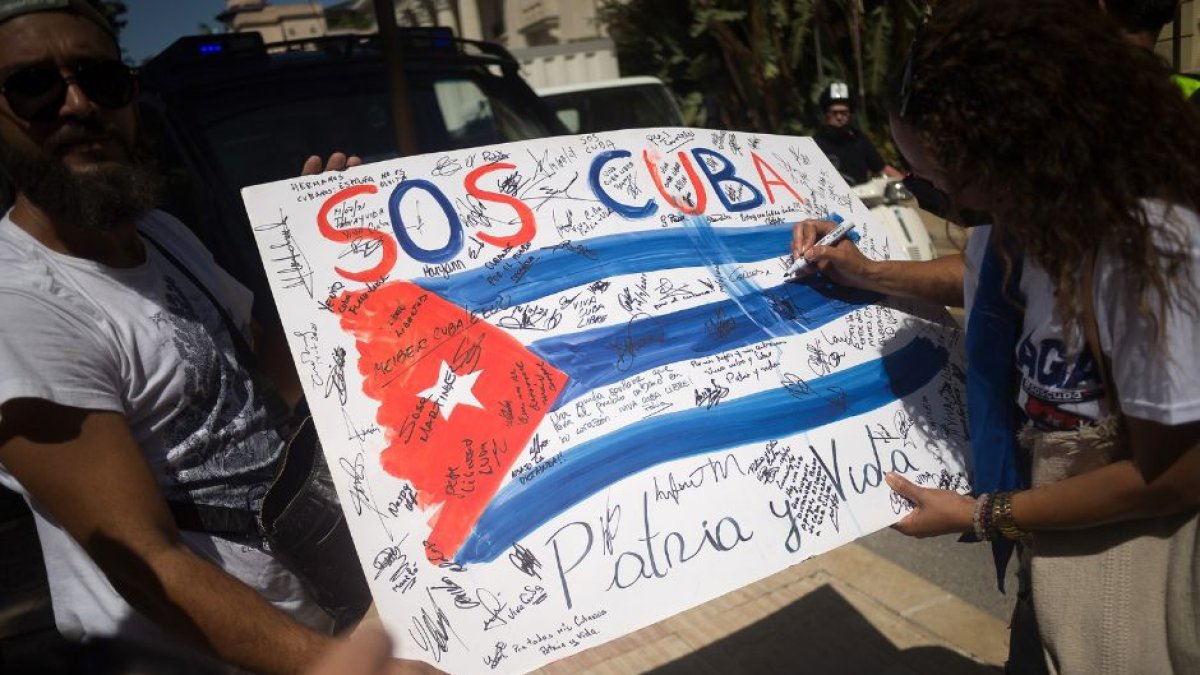
(Cordon-Press)
Cubans' weariness with the communist regime gained greater strength during 2022, so much so that the denunciations against Díaz-Canel and his government reached the other side of the Atlantic Ocean.
According to a report of the Cuban Conflict Observatory (OCC) -an international civil organization which aims to "expose, educate and empower citizens willing to take initiatives to promote the solution of the problems afflicting Cuban society"-, there were 3,953 protests against the dictatorship of Miguel Díaz-Canel, more than there were in 2021 (3300). In fact, December set the record number for demonstrations in the last two and a half years, with 692, surpassing the record of the massive protests held in July 2021 (584).
Most of the demonstrations against the Communist Party were mainly due to its chaotic management of essential services. Power outages, lack of food and lack of drinking water were some of the main reasons why Cubans took to the streets to protest against the communism that rules the island.
Lack of economic and social rights
According to the OCC, six out of ten protests (60.4% or 418) in December, stemmed from the lack of economic and social rights. In other words, they were related to "government mismanagement; the poor state of public services such as electricity, water, health, housing, sanitation and transportation; shortages; or high prices." This group also includes "actions against economic immobility and the government's investment policy and social problems such as gender violence."
The rest of the demonstrations that happened in this month (39.6% or 274) were linked to political and civil rights: "direct protests against the system, publications in social networks, permanent campaign actions and reactions against political repression." According to its Constitution, Cuba is a single-party unitary socialist state; that is, political opposition is not allowed and, therefore, is not represented in any of their public institutions.
Dictatorship's repression against protesters
The Communist Party established, through the approval of the new Penal Code in May, greater powers of repression against demonstrations on the island. This penal reform became effective on December 1. Despite this, Cubans did not cease and even increased their protests, as reflected in the OCC data.
Cubans demanded a law guaranteeing the rights of demonstration and assembly, enshrined in Article 56 of the 2019 Cuban Constitution. But the dictatorship ignored society's request and took it upon itself to impose its tricks to repress those who protest.
Havana, epicenter of the protests
In view of the data, Cubans took to the streets incessantly during the month of December, knowing "that they have nothing to lose and much to gain," according to the reference made by the OCC in its report.
One in four protests were concentrated in the capital, Havana, where there were 170. Demonstrations against the communist dictatorship were also concentrated in Santiago de Cuba (66) and Villa Clara (41).
Díaz-Canel and his wife, objects of ridicule
A more contemporary form of protest is carried out through social networks, through the well-known memes. Díaz-Canel was the object of mockery on Twitter and Instagram, which caused him to lose prestige and credibility among society. He also starred in several ridiculous situations, such as when he tried to imitate Hugo Chavez singing La Guantanamera or when he was heard speaking in English, showing a very poor knowledge of the language.
Social networks played a dirty trick on his wife, Lis Cuesta, when numerous users posted photos of her shopping in stores or defending a thesis with a $9,000 watch on her wrist.













